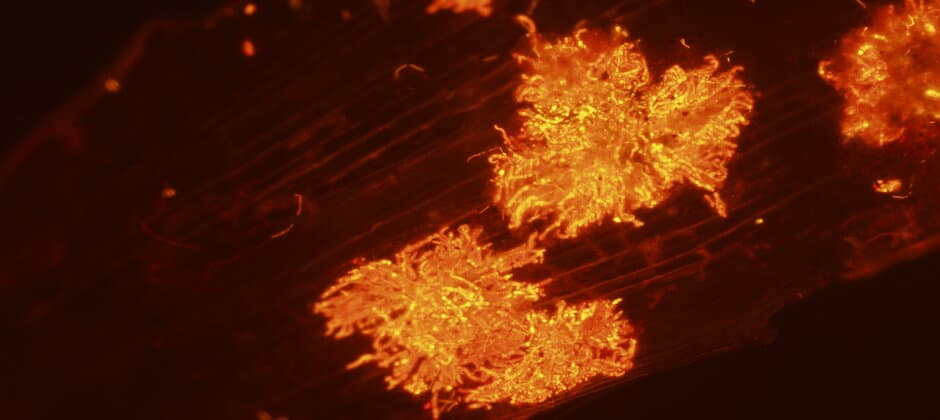Share this article
Toxic bacteria on invasive plants may be behind bald eagle deaths
Toxic bacteria that grows on invasive plants in the southern U.S. may be responsible for mysterious eagle deaths. Bald eagles (Haliaeetus leucocephalus) have been dying from a neurodegenerative disease called vacuolar myelinopathy since the 1990s in states such as Arkansas. Scientists weren’t sure of the origin of the disease, though the it also affected eagle’s prey that feed on plants. Now, researchers have linked the disease to the invasive freshwater plant Hydrilla verticillata. But some lakes with the plant weren’t yet affected by the disease. A closer look revealed that some of the plants were colonized by a cyanobacterium that turned out to produce the toxin that kills the bald eagles. Researchers named the bacterium Aetokthonos hydrillicola, which means “eagle killer that grows on Hydrilla,” according to a press release. “Finally, we did not only catch the murderer, but we also identified the weapon the bacteria use to kill those eagles,” said Susan Wilde, professor of forestry and natural resources at the University of Georgia, in a release.
Header Image: Bacterial colonies of the cyanobacterium A. hydrillicola growing on a leaf of the invasive aquatic plant H. verticillata. Credit: Susan Wilde








